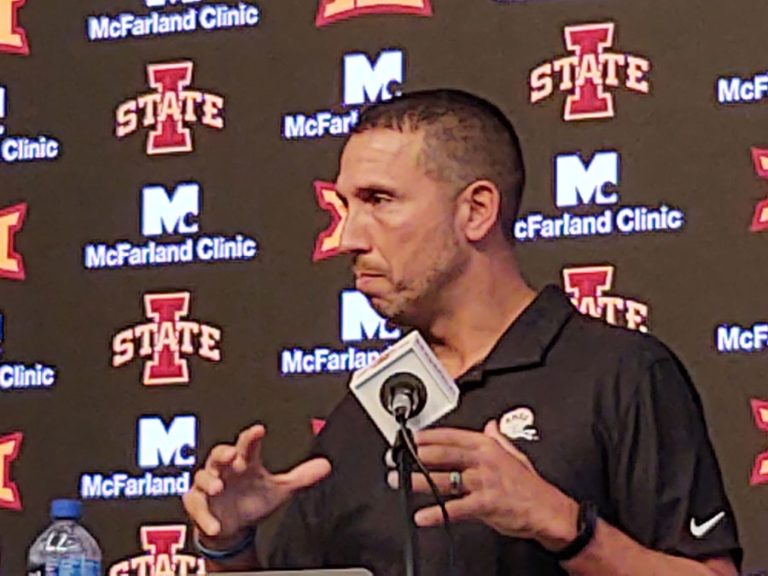It has now been four weeks since any new cases of bird flu have been detected in Iowa. Agriculture Secretary, Bill Northey, gave an update this week, and says there are some positives to talk about in the recovery.

(as he says)”We’re going to have a site here that is very soon going to be able to fully passed its tests all through its cleaning and disinfection and then its 21-day waiting period after that, and then be able to repopulate with birds,” Northey says.
The facility is a turkey farm in Calhoun County. Northey says a few other facilities will soon be through their 21-day waiting period after disinfection, while others are still preparing for disinfection.
(as he says)”The disinfection in most cases will be done by heat. This virus doesn’t like heat,” Northey explains. “It starts to die at maybe 80 degrees, if we can get that up to 100 degrees and keep it there for several days, it is a very thorough disinfection process.”
Northey says the progress of each facility depends on its size and the resources they have to do the clean-up and disinfection. The majority of the 71 facilities hit by the avian flu were egg-laying operations or raised pullets that are grown into egg-laying hens. U-S-D-A veterinarian Jack Shere says the next big step facing Iowa producers is getting the birds to put back in the facilities.
(as he says)”Those hens can’t be replaced overnight,” Shere says, “those pullets have to be raised 22 weeks on the ground before they are ready to lay. And they have to be put in process. In those facilities — when there’s that many birds in one area — they can’t put all those birds in at the same time.”
Some 34 million birds had to be destroyed, and Doctor Shere says the lag time in getting replacements stretches out the re-population.
(as he says)”Some of these facilities won’t be able to completely re-stock for a year-and-a-half to two years, depending on the size that they have. And I am talking about the laying facilities,” Shere says. “The turkey flocks, we are hoping to get them back into business and restocking by mid-August.”
He says if they meet the mid-August stocking timeline for turkeys, the facilities could be able to produce birds for Thanksgiving. Northey says it is still a long and expensive road ahead, but he expects a majority of producers to keep going.
(as he says)”You know, I think there’s a handful likely that would not go back into business. Maybe have some older facilities that when they look at those facilities it’s going to be so expensive to clean them up — and then they still end up a short-life facility that they won’t go and bring that facility back,” Northey says. “But the vast majority of the cases, folks are still optimistic. They’ve had the worst financial loss that they’ve had as a business. Emotionally, this is very, very draining.”
Shere says they will work with the facilities to bring them back as fast as possible.
(as he says)”But we do have to be careful that we do it correctly and we don’t move too quickly and spread the virus and have a re-occursion,” Shere says.
The time it takes for a facility to re-populate also depends on its location, as all nearby facilities have to be disinfected first to ensure the disease is gone. The dead birds have been hauled away at 59 of the 71 commercial facilities.
Story from Radio Iowa
If your browser or device cannot access the audio players above, here are the direct links to the audio sound bytes:
Cut 1
Cut 2
Cut 3
Cut 4
Cut 5
Cut 6











